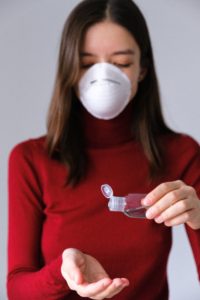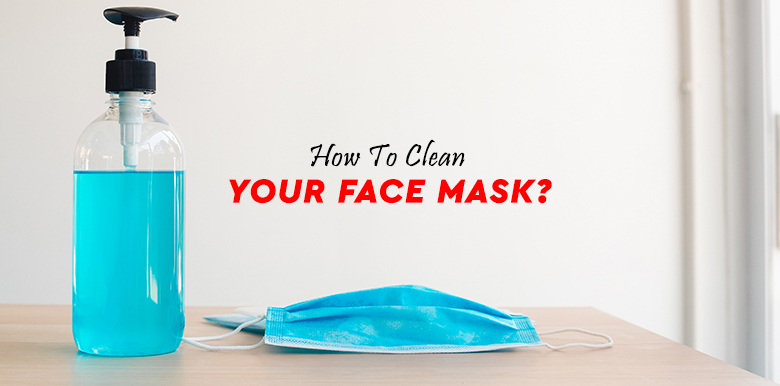Wearing a face mask that covers your nose and mouth when leaving your home for essentials like groceries and prescriptions is definite. But some types of masks are not intended for reuse, but there are a few things you can do to sanitize them, upgrade filtration and extend their lives. Here are some strategies that will help you get the most out of your mask, and keep you and your family safe.

Face Masks
1. Treat your mask like a biohazard
Isolate it from the rest of your family. You don’t want to be leaving it on the kitchen counter or the coffee table where other people may inadvertently be handling it.
2. Wash your hands with soap every time you remove or even touch the mask
Act as if the virus is on both sides of the fabric. Make sure to wash your hands properly for at least 20 seconds.
Those are coronavirus mask basics.
There’s much more to know, though, if you want to extend the life of your gear or even make your own mask.
How to clean homemade cloth face masks?
To clean your mask, run it through the washing machine and dryer after use. The water doesn’t necessarily needs to be hot but make sure to use a laundry detergent.
If you don’t have access to a washing machine, you can hand-wash using soap. Another option: Put the mask into a paper bag and leave it in a warm place for at least two days. After that, the virus will become inactive and won’t be infectious.
When you are wearing a homemade mask, you should keep in mind that you are not wearing the mask to protect yourself, but to minimize the spread of virus particles to others. Even if you feel no effects, you may be asymptomatic.
Homemade masks are less effective at protecting the wearer because most have voids, or spaces near your nose and cheeks where the tiny droplets can be inhaled, and the pores in the fabric alone are generally not small enough to trap tiny aerosolized droplets.
Some materials make better masks than than others. Homemade masks made from a kitchen towel proved to be the most effective at removing particles.
On the other hand, T-shirts or pillowcases may be the best choice as they can provide a better fit by stretching. Avoid using old fabrics because washing and drying may stretch the pores, allowing more particles to get in.
Now that you know how to wash or which materials you can use to make a new reusable mask, you can disinfect it without any problems. Comment down below if these tips helped you or you have any suggestions for us.
